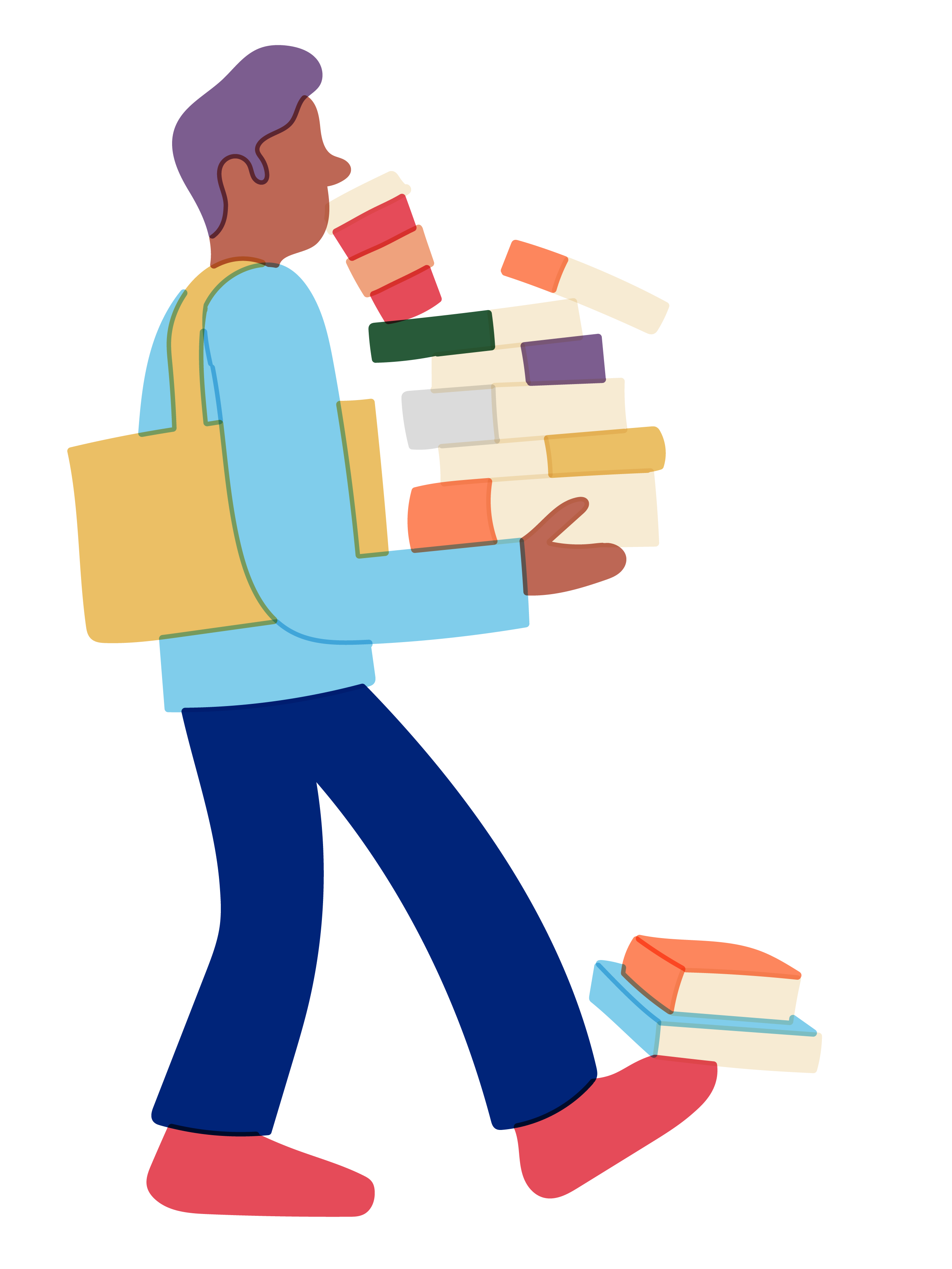Journal articles are full of interesting and exciting information on cutting-edge research, but they are usually dense and difficult to understand, especially for students who are far from experts in the field. Journal articles are completely different from any other kind of literature students are exposed to prior, so reading and digesting them can seem like an extremely daunting task. Luckily, since they generally follow the same format, it only takes practice to be able to read and understand journal articles.
Here are some tips to help break down the highly compacted information found in journal articles.
Understand the purpose of the paper.
Think about the purpose of the paper before you even begin reading it. By publishing this paper, the authors want hope to share with the readers something new that they developed or discovered, which could have some benefit to humanity in the future. Usually, a journal article addresses three questions:
- What is the problem the authors are trying to solve?
- What is the result that the authors found?
- How did the authors arrive at this result?
The first question is usually answered in the Background, the second in the Results, and the third in the Methods. Usually, the Methods section is the most technical and difficult part to process, but if you first understand the Background and Results, they can guide your understanding of the Methods. Often, it can be helpful to skip the Methods section and then come back to it after you have already read the Results. In fact, many recent papers are organized as “Background -> Results -> Methods” rather than the traditional “Background -> Methods -> Results” structure.
Read (and re-read!) the abstract.
The abstract contains the most important parts of the paper, presented in a way to give you a sense of the “big picture,” or the importance of the paper in the context of its impact on humanity. To be able to comprehend the finer details in the larger body of the paper, understanding the abstract is essential. Write down the definitions of any unfamiliar words in the abstract, as these are likely key elements of the rest of the paper.
Then, continue to the background.
To get a grasp of the results of the authors’ work, you need to have an idea of the problem they want to solve. Again, write down the definition of any unfamiliar words. It may also be helpful to keep a list of any abbreviations that appear here, because it is easy to forget what the abbreviation means when it appears in another section several pages later. When a figure is referenced, take a break from the main body of text to look at the figure. The text guides your understanding of the figure, so it is best to look at both the text and the figure side-by-side. When reading figures, first look at the title of the figure and the axes labels. Try to describe the meaning of the figure to yourself in your own words.
When moving on to the Results, keep in mind the problem presented in the Background.
Ask yourself if the results presented clearly solve the problem that the authors hoped to answer. Note words such as “previously” or “interestingly.” Did the author’s results match their expectations? Did the results reveal anything new about the subject? As stated above, take a look at the figures in sync with the main body text, and continue to define unfamiliar words. As practice, try to summarize each section in one or two sentences of your own words. These short summarizations can also be helpful if you need to skim the paper later for specific details.
Next, when reading the Methods section, refer back to the Results to keep a clear idea of the process in your head.
If you encounter any kind of unfamiliar process, take a quick moment to look it up. For each method, ask yourself: what is it used for in general, and why did the authors use it? If you are reading a paper outside of your field of expertise, you may need to spend time learning about these methods from textbooks or educational videos to be able to grasp the purpose of this method in the context of the research paper.
Finally, the Discussion and/or Conclusion of the paper should feel more familiar, as this section tends to return to the bigger picture concepts from the Background and Results.
While reading these sections, ask yourself if these statements make sense given what you had read previously. Also, think about the impact of these statements on the scientific community and society as a whole. Who will directly benefit from reading this paper? Who could benefit indirectly? Lastly, form your own opinions about the paper. Do you think the authors’ methods were optimized? Could they have done anything differently to improve their results? What kind of development would you hope to see in the authors’ next publication?
Thoroughly understanding a journal article is difficult even for researchers with years of experience. Do not expect everything to click on your first read-through.
Read the paper at least two more times, and do not be afraid to ask for help. You could even contact the authors of the paper to ask questions—they would be happy to see that a student is taking so much care to understand their work. Hopefully, as you become more familiar with the process of reading and digesting a research paper, you’ll see how exciting it is to be able to learn about cutting-edge research developments directly from the source.

Comments